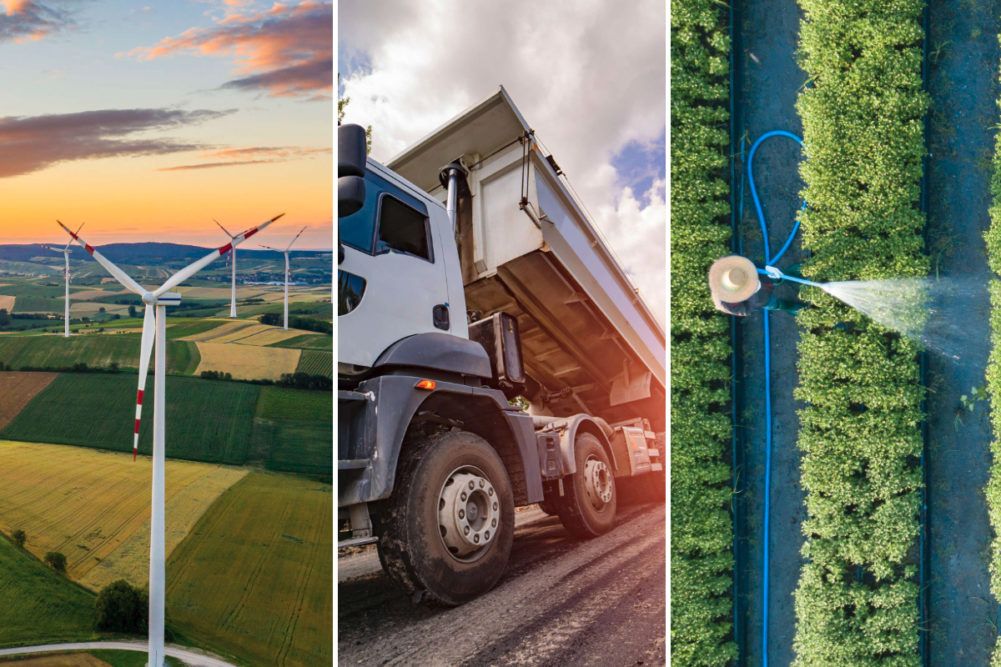ORRVILLE, OHIO — With the successful achievement of its 2020 objectives, The J.M. Smucker Co. now has its sights set on five new environmental impact goals. The new goals were unveiled as part of the company’s release of its 2021 Corporate Impact Report.
Smucker said its first two goals involve greenhouse gas emissions. The company is seeking to reduce absolute scope 1 and scope 2 GHG emissions 28% by 2030 from a 2019 base year and reduce scope 3 GHG emissions 22% per unit of product sold by 2030 from a 2019 base year.
“In developing our strategy to accomplish these goals, we have considered the role we must play in terms of net impact, recognizing there are opportunities for positive impacts via our operations through our scope 1 and scope 2 goals and supporting a positive impact across our value chain in partnership with our suppliers through our scope 3 target,” Smucker noted in its report. “To deliver on these goals, we will continue to pursue mitigation and adaptation with a focus on innovating our processes, working with our suppliers and engaging peers in our industry to enact change that will have benefits beyond our own company.”
Smucker’s third goal is to achieve TRUE (Total Resource Use and Efficiency) certification at 100% of its sites by 2030. According to the company, TRUE certification helps facilities quantify their performance and find additional ways to improve their progress toward zero waste. To achieve TRUE certification facilities must meet seven minimum program requirements and attain at least 31 points on the TRUE application form.
“To achieve this goal, we will continue to build on our facilities’ progress in reducing, reusing and recycling waste while maintaining our commitment to share learnings across the organization,” Smucker said.
Smucker said it also plans to reduce energy intensity at company-owned facilities by 5% by 2025 from a 2019 base year. The goal, which is separate from the company’s scope 1 and scope 2 GHG emission goals, will allow Smucker to focus on enhancing its actions and how it views all energy usage at each of its facilities.
“A great example of how our teams have tackled total energy management is the success of Project Evergreen,” Smucker said. “This initiative, launched at select facilities, focused on developing utility usage models based on key drivers to more accurately predict annual energy usage.
“With lessons learned from Project Evergreen, we are approaching our energy goal with a commitment to thoroughly review our electricity and natural gas usage at each facility and leverage real-time monitoring to support timely responses to dynamic operating conditions.”
The final environmental impact goal identified by Smucker is to reduce water intensity at company-owned facilities by 5% by 2025 from a 2019 base year.
Smucker said that in realizing its 2020 goal, its teams investigated many areas for water savings through examining overflows, maintenance, condensation return, process equipment configurations, process controls and operational settings. Moving forward, the company said it plans to also review ways to safely reuse water that would typically be discarded to support other processes and functions.






